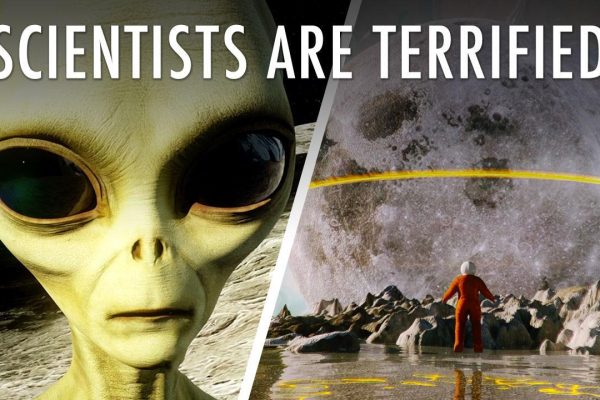
Top 10 Mind-Bending Paradoxes in Science 🌀🤯
Science is full of puzzles that defy common sense, revealing a universe far stranger than we imagine. These paradoxes don’t just challenge our intuition—they push the boundaries of physics, philosophy, and reality itself. Here are the 10 most baffling scientific paradoxes that continue to perplex even the greatest minds. 1. The Fermi Paradox 👽🌌 The Puzzle: If the…


